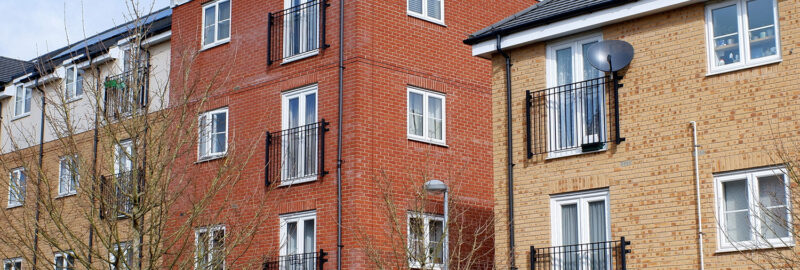
Stan Gallagher successful in an important RTM decision by the President of the Upper Tribunal (Lands Chamber) that answers “the terrace problem”
13th February 2023
Stan Gallagher, representing the RTM Company, successfully opposed an appeal to the Upper Tribunal (Lands Chamber) on the question of how the right to manage provisions of the Commonhold & Leasehold Reform Act 2002 (“the RTM” and “the 2002 Act”) are to be applied to houses in a terrace that have been converted into flats: Assethold v Eveline Road RTM Company Limited [2023] UKUT 26 (LC).
The Issue Arising and Practical Background
The short, though deceptively difficult, point arising for determination was whether the subject matter of the RTM claim, namely, “the Qualifying Premises” as defined by 2002 Act, s. 72 must be limited to the smallest part of the building that satisfies the qualifying criteria.
The Appellant landlord contended that the RTM claim must be limited to the smallest qualifying part of the building: in this case, each of the two adjacent houses in the terrace, each of which contained two flats and were separated from each other by a party wall.
Each of the two houses separately made out the “self-contained part of the building” limb of the Qualifying Premises test (2002 Act, s. 72(3)) and the terrace as a whole, which was “air gapped” from any other building, made out the “self-contained building” limb of the test because, taken as a whole, the terrace was structurally detached from any other building (2002 Act, s. 72(3)).
The long leases demising the four flats in the two adjacent houses established a unified service charge regime and scheme of management (including for insuring) across the two houses. The practical and cost-effective approach to exercising the RTM was therefore to establish one RTM Company and for a single RTM Notice of Claim to be served speaking to the acquisition of the RTM of both houses.
However, on the landlord’s case, this would not be possible: instead, two RTM Companies and two Notices of Claim (one for each of the two houses) would be required and, once the RTM had been acquired, any unified management across the two houses would be reliant on on-going voluntary co-operation between the two RTM Companies.
The Decision
The judgment of the President of the Upper Tribunal (Lands Chamber), Mr Justice Edwin Johnson, bears reading in full.
It has authoritatively and directly answered “the terrace problem” as it applies to RTM claims, and is equally applicable to a row of structurally attached mansion blocks and other like configurations.
In summary, it held:
- that the terrace as a whole is “a self-contained building” and hence makes out the Qualifying Premises test, provided that it is “air-gapped” and not structurally attached to another building e.g. by sitting on a podium over a more extensive underground carpark shared with other buildings; and
- that “a self-contained part of a building” that itself contains a smaller self-contained part or parts satisfies the Qualifying Premises test. Hence, though each of the two adjacent houses could have been individually the subject of their own RTM claim, both could, at the election of the leaseholders, properly be the subject of a single RTM claim (by a single RTM Company) speaking to acquiring the RTM of both houses, as occurred in this case.
A copy of the decision can be found here.
Expertise: Residential Landlord & Tenant, Right to Manage
Disclaimer
This content is provided free of charge for information purposes only. It does not constitute legal advice and should not be relied on as such. No responsibility for the accuracy and/ or correctness of the information and commentary set out in the article, or for any consequences of relying on it, is assumed or accepted by any member of Chambers or by Chambers as a whole.
